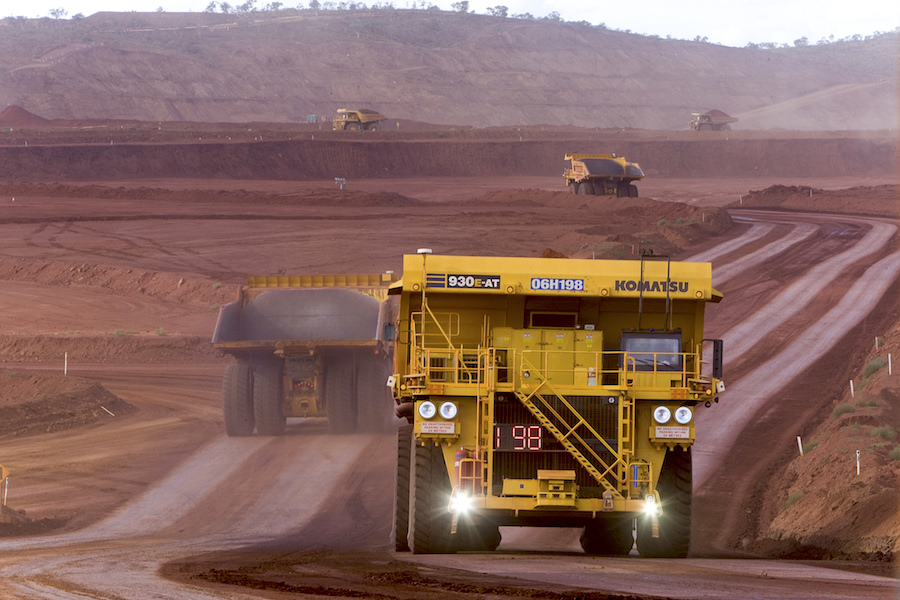
Mining giant Rio Tinto (ASX, LON, NYSE: RIO) plans to double its fleet of autonomous production drill rigs this year at its iron ore mines in the Pilbara region of Western Australia, where driverless trucks already haul over a quarter of both ore and waste material.
Four additional drills, retrofitted with autonomous drilling system technology, were recently deployed at the company’s Yandicoogina mine, Rio said, which add to the existing seven autonomous drills at the West Angelas mine.
A further nine drills will be deployed by the end of the year, bringing the total fleet to 20. All of them will be monitored remotely by operators in Rio Tinto’s Operations Centre in Perth, more than 1,500 kilometres away, as it has been done so far with no reported injuries to date.
Kellie Parker, managing director, planning, integration and assets, iron ore, said the expansion will bring significant productivity gains, bringing improved accuracy and consistency while also enabling safer drilling.
Rio Tinto has also announced plans to have a network of driverless trains in Western Australia by the end of this year.
“The deployment of additional rigs, operated from our operations centre in Perth, offers significant advantages as part of our integrated system, which optimizes our autonomous trains, trucks and drills and provides increased operability and flexibility,” Parker said.
“As pioneers of automation and innovation, we continue exploring new technologies to ensure Rio Tinto remains a leader in the global mining industry.”
The mining giant is currently focused on adopting automated technologies across different areas of its operations. About 20% of its almost 400 haul trucks currently operating in the Pilbara are autonomous and Rio Tinto expects to boost that number too.
“We are studying future additions to our autonomous truck fleet that we expect will contribute to our $5 billion productivity program, specifically Iron Ore’s commitment to deliver $500 million of additional free cash flow from 2021 onwards,” Rio Tinto iron ore chief executive Chris Salisbury said in January.
Rio has also announced plans to have a network of driverless trains in Western Australia by the end of this year. In October, it completed its first long-haul journey with a completely autonomous locomotive.
Getting to this point hasn’t been easy. The actual commissioning of the autonomous trains project has been put off a few times, partly due to software problems.
Delays with the implementation of autonomous iron ore trains hurt Rio Tinto’s output in 2016. The miner ended up producing 330 million tonnes, down from the original target of 350 million tonnes.
All automation initiatives are part of the “Mine of the Future” project the company launched in 2008, which also included setting up an operations centre near Perth airport.
2 Comments
Fast Cabs
They should be illegal and the company forced to hire real people to keep robots from taking over and mankind loss of jobs
Fossil69
Fast Cabs –You cannot argue with 30% productivity Gains over manual driven systems.